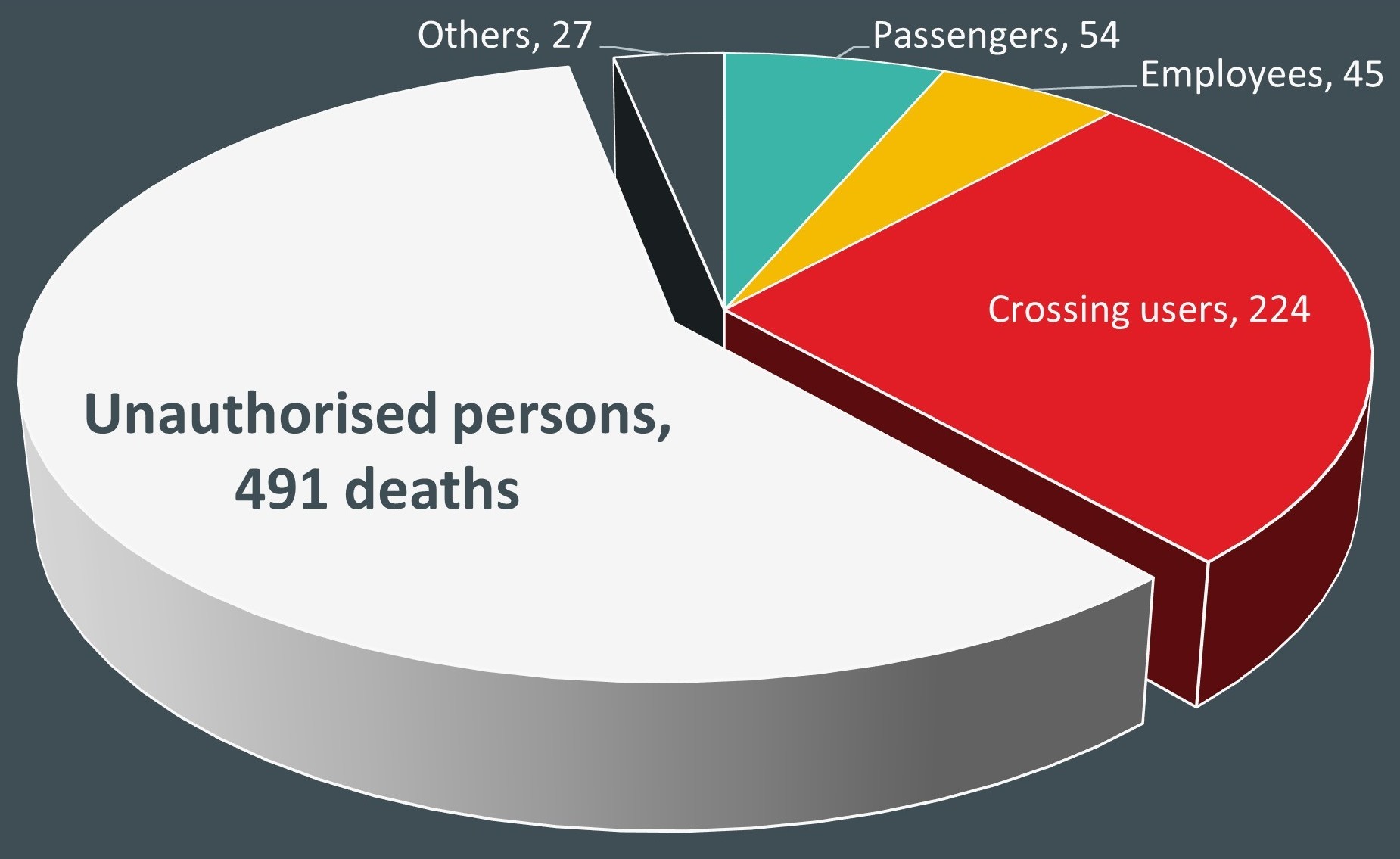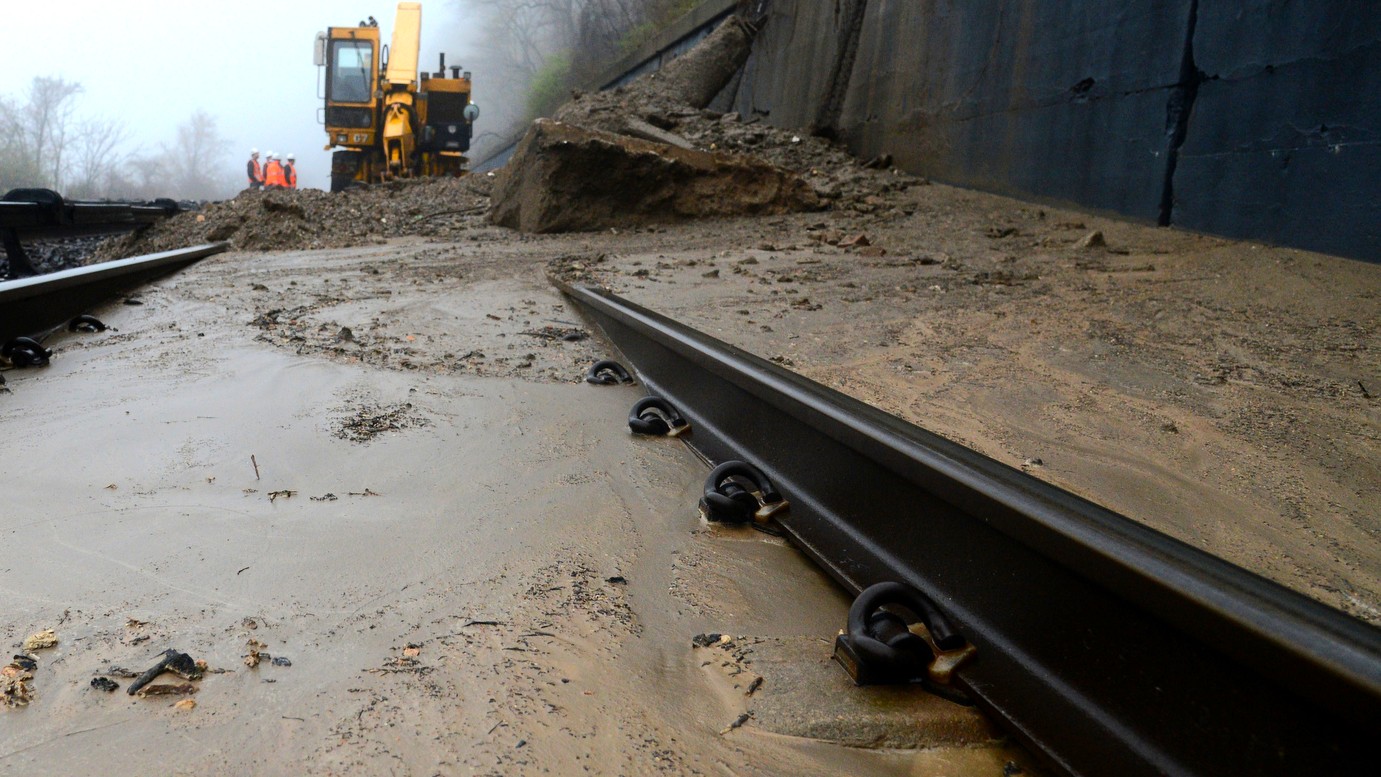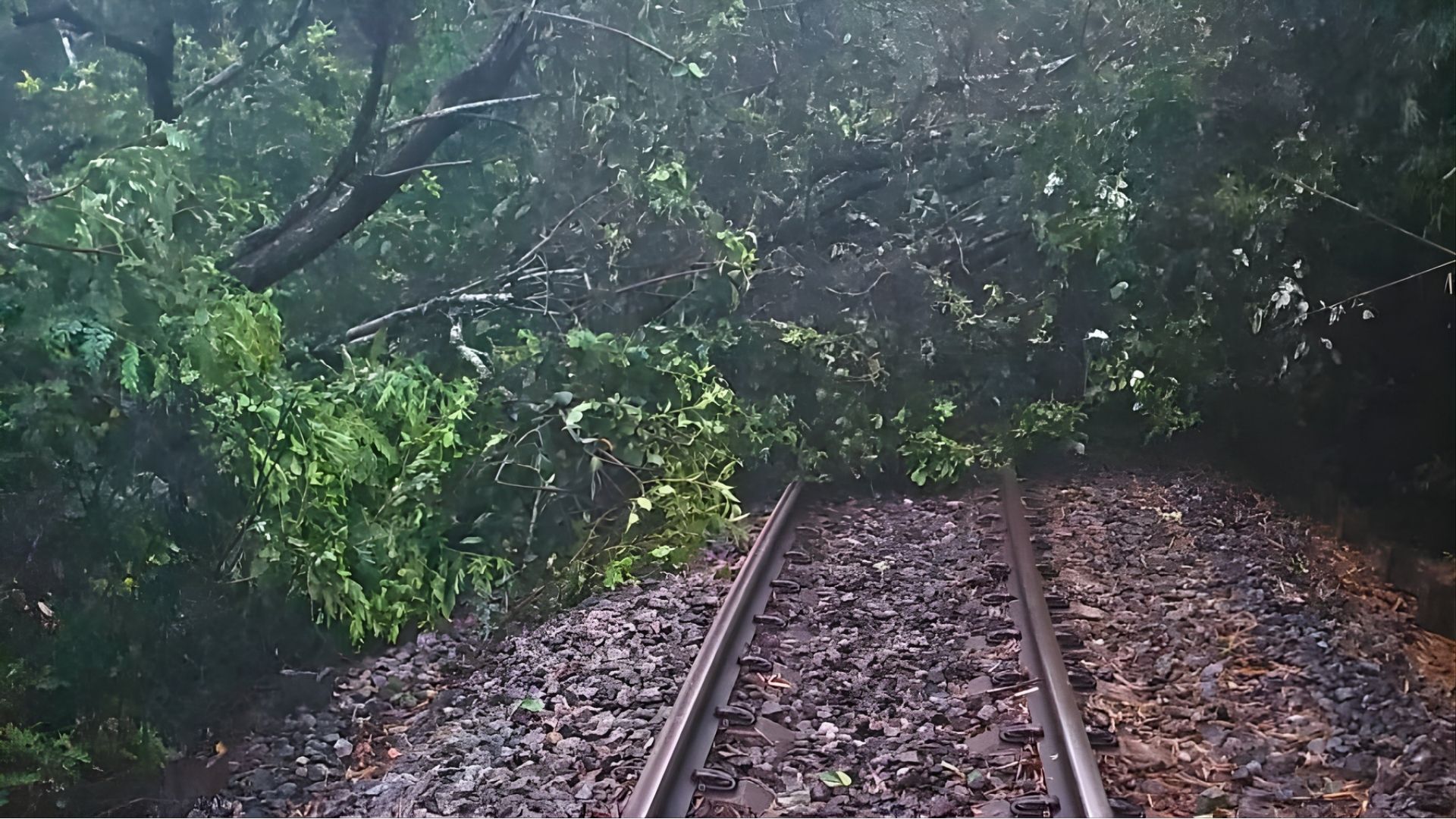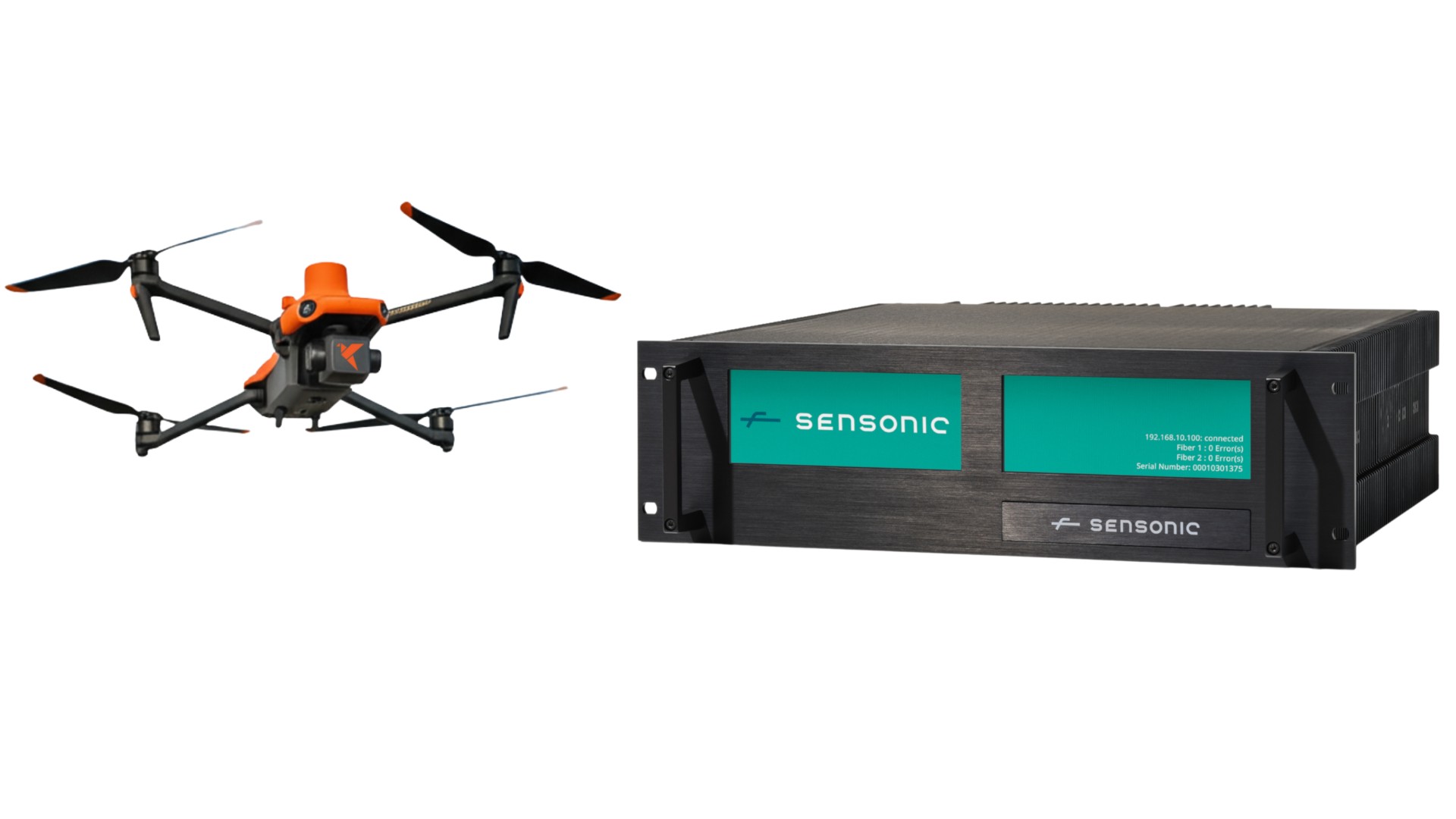Railway security has long been a complex and challenging issue, with vast, long infrastructure networks presenting a near-impossible task for traditional monitoring methods. Trespass or unauthorised access to railway property is more than just a nuisance; it's a safety risk that can escalate into far more serious threats, from costly vandalism and cable theft to acts of sabotage and even terrorism. The risks are expansive and varied, but new technology provides a powerful and expansive tool to gather real-time security intelligence.
The dangers of track trespass are tragically real and well-documented. Over 58% of rail fatalities in Europe are “Unauthorised Persons”. That’s nearly 500 trespassers killed each year. The figure for suicide deaths on the railway is tragically nearly 5 times higher.
In the UK (where your author is based), there is a rail trespass incident reported every 30 minutes. Last year that resulted in over 108,000 minutes of delays to passenger trains.
That huge operational impact is before the trespasser has actively “done” anything. And of course their motives for intruding onto the railway vary enormously as I explore further here.
Graffiti cleanup costs millions of euros per year for each countries rail networks. Cable theft costs and their associated disruption incur similar eyewatering levels of cost.
|
Network |
Country |
Cost per year |
Reference Source |
|
Renfe |
Spain |
€25m |
|
|
Deutsche Bahn |
Germany |
€7.6m |
|
|
SNCB |
Belgium |
€6m |
|
|
SBB |
Switzerland |
$5.5m |
|
|
Network Rail |
UK |
£3.5m |
|
|
OBB |
Austria |
€3.2m |
|
|
Irish Rail |
Ireland |
€1.2m |
There is also a darker side to people trespassing and interfering with the railway to cause terror and disruption, a topic that probably warrants its own separate article in future. However, it doesn’t take much googling to find examples of malicious intention in Germany, France or further afield in the USA or India, where individuals have wreaked havoc targeting rail networks to gain attention for their chosen cause.
Knowing people are approaching or within the railway corridor is a vital first step to being able to secure railway and railroad infrastructure, and that is where the new technology comes in.
Distributed Acoustic Sensing (DAS) is a game-changing tool for rail security. This innovative technology transforms existing, or new, fiber optic cables into a continuous, sensitive array of virtual vibration sensors / microphones. It effectively turns a single cable, spanning many tens of kilometres, into thousands of individual vibration sensors that constantly "listen" for disturbances. When a person walks, digs, or otherwise creates a vibration along or near the tracks, DAS detects the acoustic signature of that activity.
But the real power of DAS isn't just in detection; it’s in its ability to pinpoint the exact location of the event with remarkable accuracy. This precise geolocation, often down to ten meters, allows security teams to respond immediately and with precision. This is a significant improvement over traditional systems that rely on cameras or human eyeballs from resource intensive site patrols.
The technology doesn’t just stop at the detection of trespass. As DAS gives an accurate geolocation, this enables automated response by other security tools such as CCTV or drones, or of course dispatching human patrols to apprehend the offender.
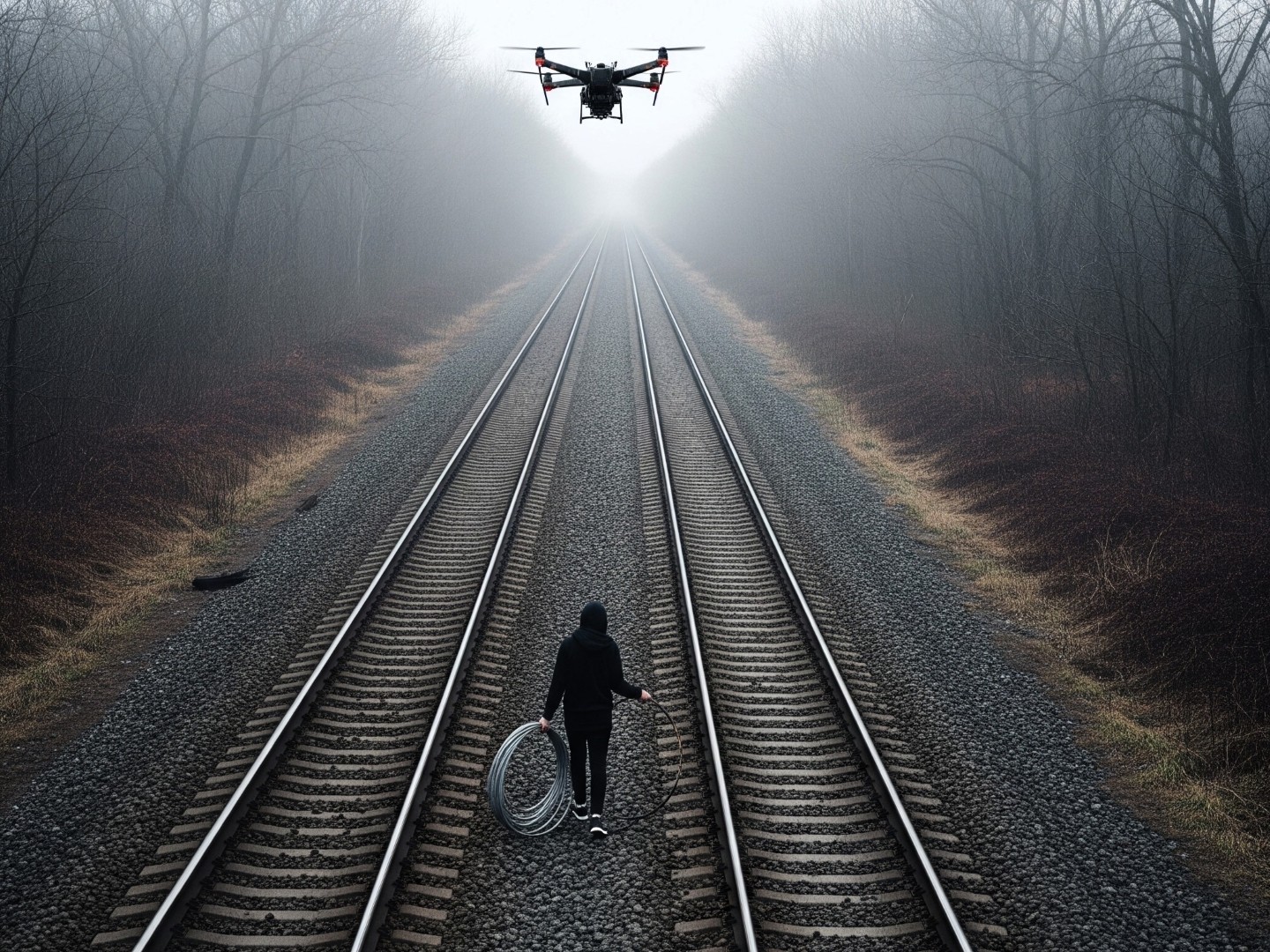
By providing real-time, long-distance monitoring, DAS enables a shift from reliance on deterrence to a more proactive security posture, actively listening to protect along the whole rail corridor. DAS allows railway operators to no longer rely on the deterrence of a fence or occasional patrol brings, effectively equipping a smart digital tripwire to the rail corridor to catch them in the act, protecting passengers, staff, and infrastructure from the trespassers who, whether out of curiosity or malicious intent, pose a real and present danger to railway operations.
